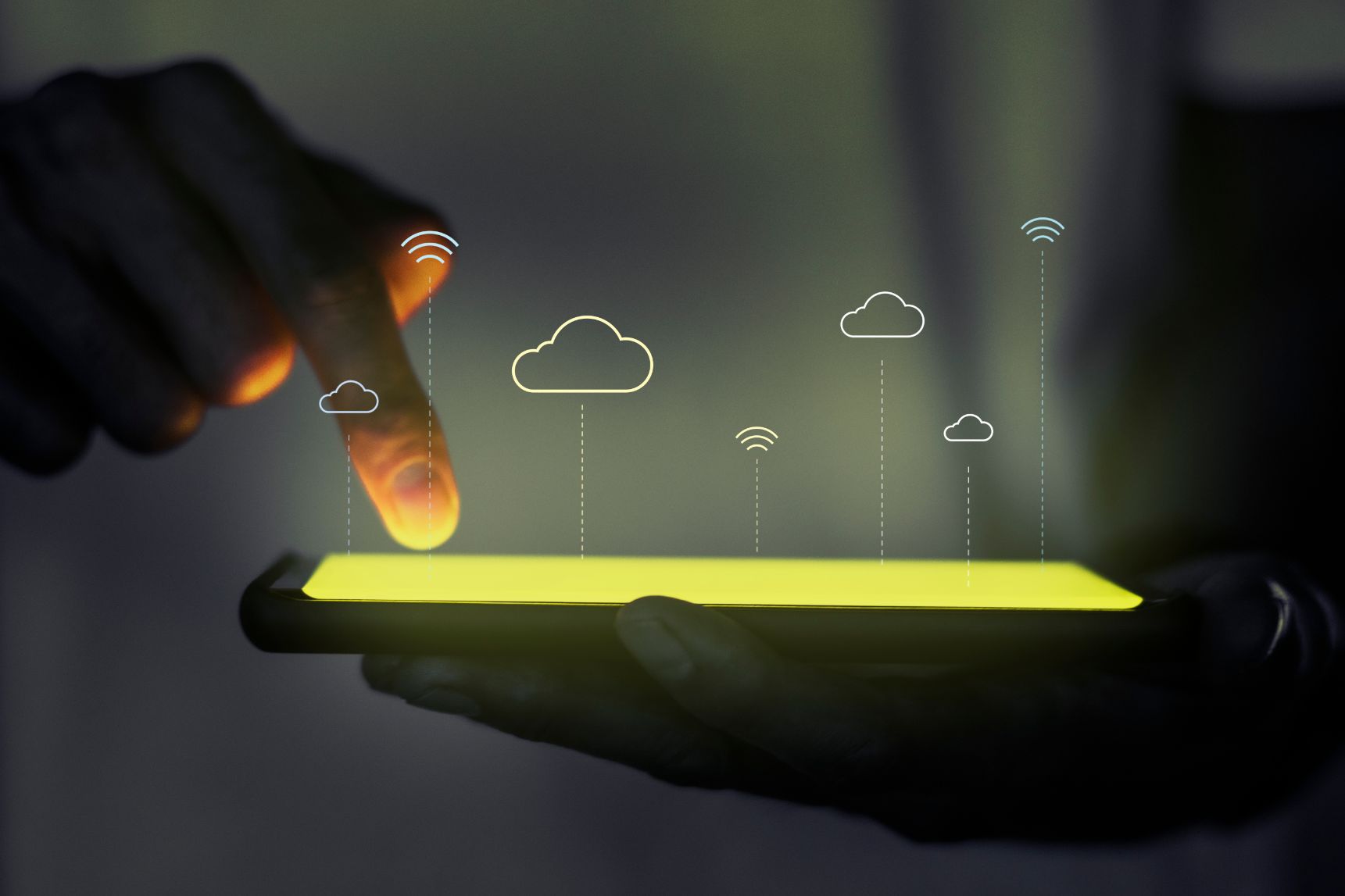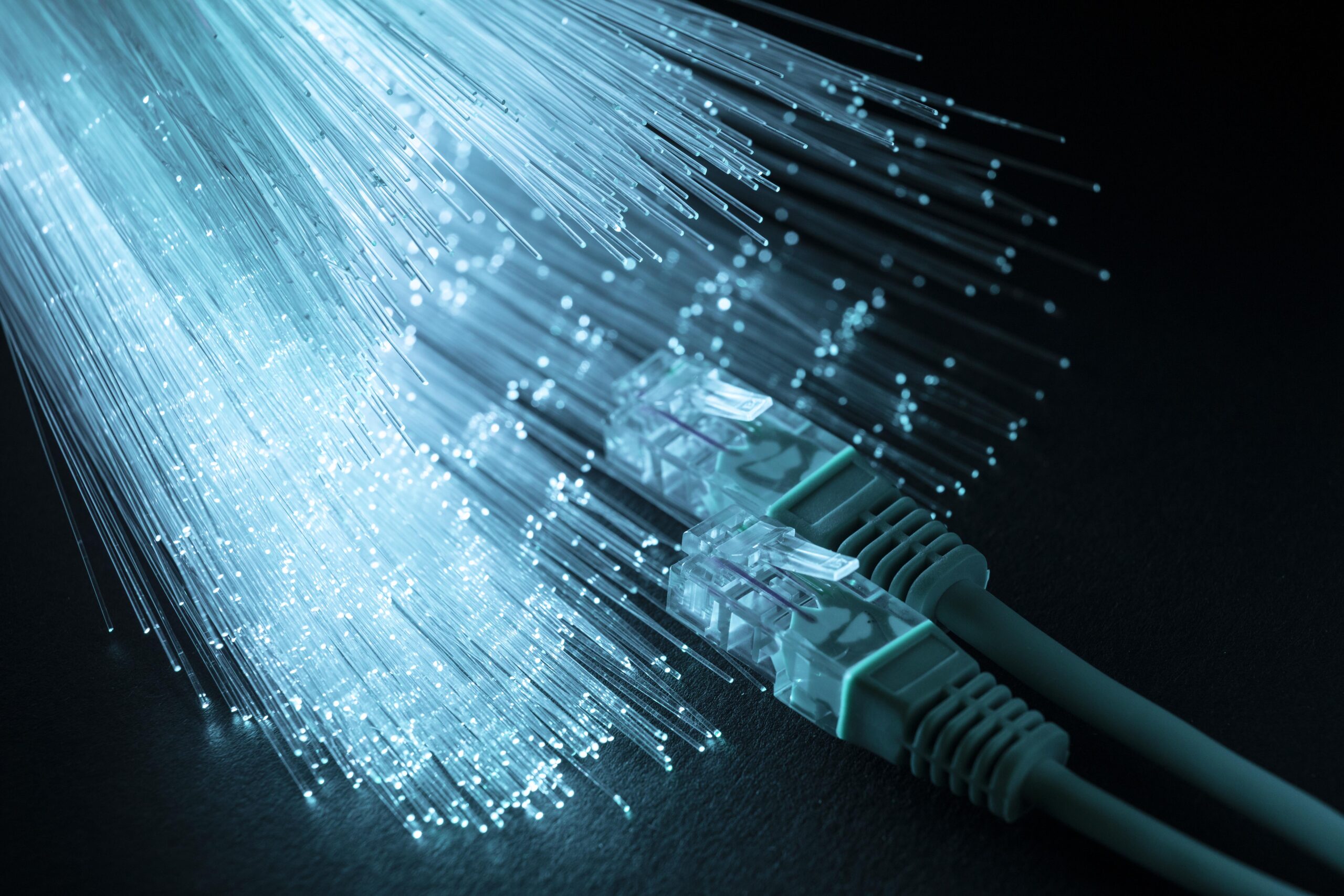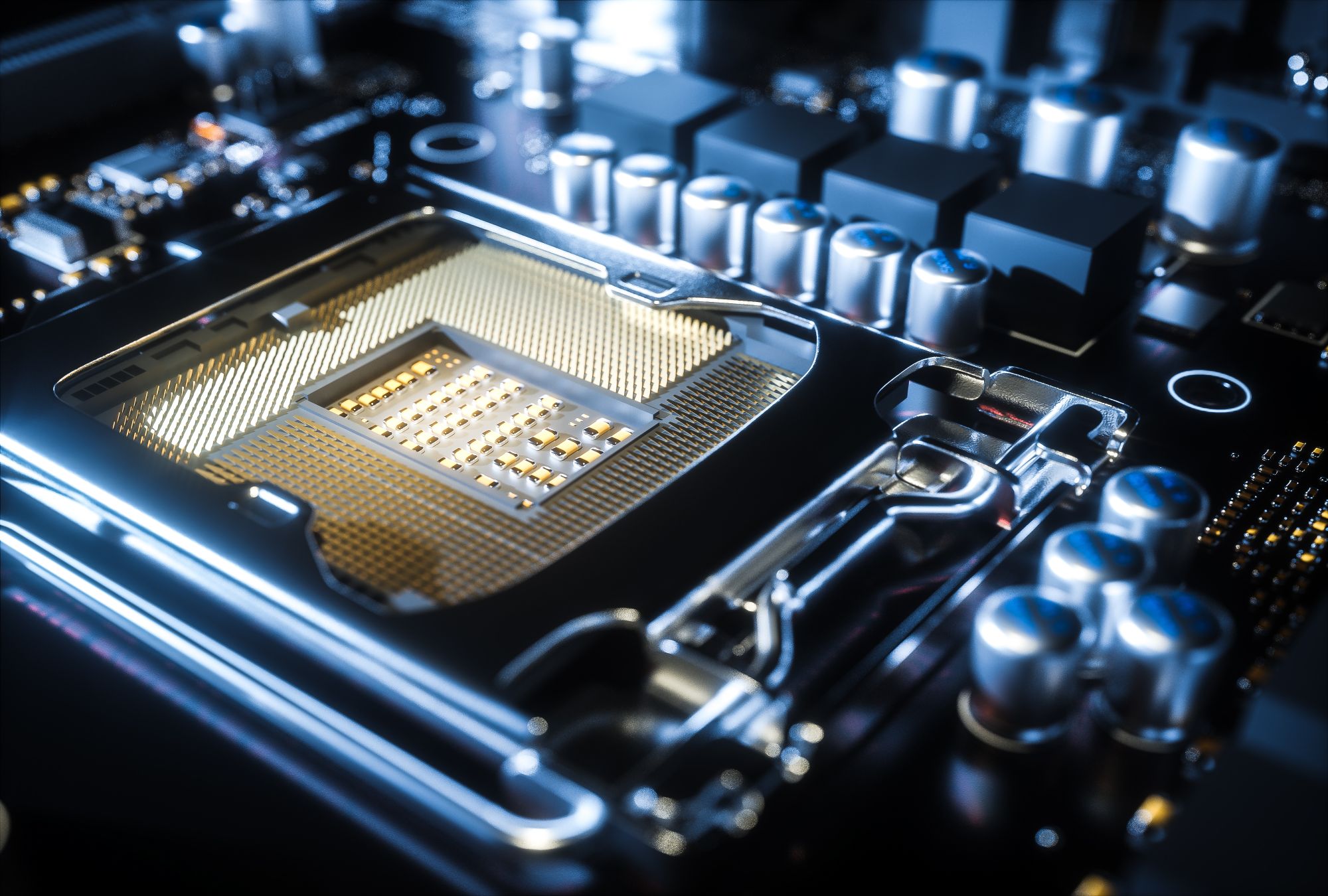The Following 5 Technologies Will Have The Greatest Impact On Your Business.
The digital revolution has already caused significant changes in the corporate sector. We have compiled a list of the technologies we believe will have the most influence in the future.
Personal digital assistants
Digital assistants are several forms of software that can execute rule-based job activities and communicate with humans through text and voice. Chatbots, robotic process automation (RPA), and voice assistants are technologies that represent digital assistants. These assistants are new digital colleagues who will help future organisations satisfy efficiency and accessibility needs while also moving from “performing tasks” to activities that provide value for analogue workers.
Digital assistants are an excellent choice for firms that want to enhance accessibility and quality while decreasing response times to clients or staff.
A digital workforce will be capable of taking over and automating a significant portion of today’s manual business activities. Many tasks related to finance, reporting, customer support, and human resources are now handled by people who must compensate for insufficient IT systems. This implies that a significant amount of precious time that might have been spent addressing more complex issues is spent on work duties that digital assistants could handle. Are you prepared to bring on your first digital assistant?
Augmented and virtual reality
VR (virtual reality) is a technology that enables users to engage with a computer-simulated replica of a real-world environment. Augmented reality (AR) is a VR fusion in which reality and a computer-simulated world are blended, as seen with Pokemon Go or Snapchat lenses. AR is utilised similarly in industrial settings to provide drawings or status information for equipment filmed or seen via glasses or an iPad.
Technologies like virtual reality and augmented reality enhance client experiences and increase the efficiency and quality of manual job operations.
Technology is already impacting a variety of businesses. Potential clients, for example, may already “try” things such as automobiles, furniture, and houses before they are manufactured. Furthermore, computer game businesses are releasing new gaming platforms, educational institutions are changing their approach to conventional teaching, and industrial organisations are increasingly completing sophisticated production equipment maintenance utilising VR and AR technologies.
Blockchain
As a distributed transactional database, blockchains offer all participants constant access to the same transaction information. It is not feasible to update information in the database unless most participants agree that the change conforms to the conditions established for approving a transaction. As a result, a blockchain enables safe transactions between numerous parties without the requirement for the transaction to be confirmed by a third party (such as a bank). Blockchains build trust between the parties that will engage in a network.
It is unclear when blockchains will have a significant influence on the corporate sector. Still, there is no question that technology can play a critical role in value creation and innovation.
Today, blockchain is generally linked with cryptocurrencies, which allows you to transfer monetary values between parties. Still, the applications and prospects in consumer goods, real estate, logistics, health, energy, and insurance are thought to be huge. There are only a few user cases documented for the technology today, despite its great potential.
3D modelling and printing
3D printing is a digitally controlled manufacturing method in which actual items are created by a 3D printer using the specifications of a digital 3D model. The manufacturing technique is additive, which means an item is created layer by layer rather than milling or turning a bigger object to the required form. Production using a 3D printer is accomplished by printing an item in consecutive horizontal layers of plastic or metal until the product is entirely formed. Each layer may be thought of as a thinly sliced horizontal cross-section of the thing under construction.
3D printing employs rapid and accurate technology to produce complicated three-dimensional things of high quality.
3D printing has immense promise for all manufacturing-based businesses, where it may contribute to considerable cost savings related to prototypes and manufacturing. Furthermore, since the technology allows you to generate what you need when you need it and where you need it, 3D printing may decrease the need to store components and dramatically cut wait times. The healthcare sector has also used 3D printing to create artificial organs such as artificial hearts, skin, and ears.
Automation and robotics
Automation of physical labour activities is becoming more popular in a variety of industries. This implies that physical robots and machines are progressively taking over labour tasks previously performed by human personnel. Currently, this advancement has been most pronounced in procedures related to warehousing, logistics, and surveillance, although it has expanded into many other fields.
Work processes can be physically automated to improve quality and uptime while permitting resources to focus on other valuable tasks.
Employees typically complete tasks exclusively within agreed-upon working hours and frequently with significant variety in terms of quality. Physical robots can operate around the clock without taking breaks and yet provide at a high level consistently. Consequently, businesses in various industries are investigating how the employment of robots might contribute to greater quality and delivery capacity at a cheaper cost.





